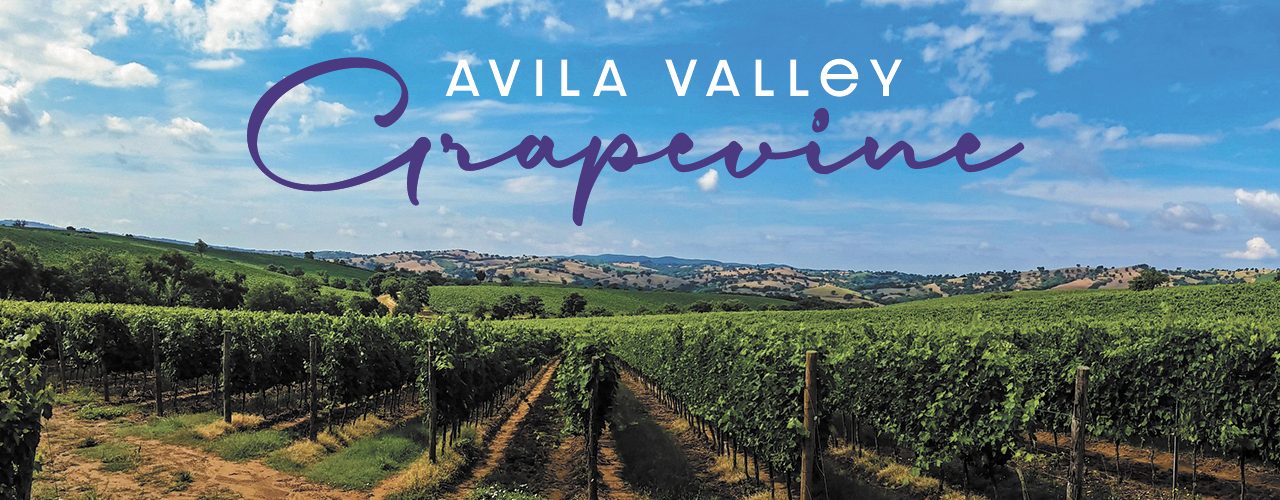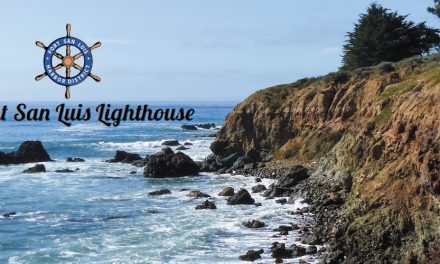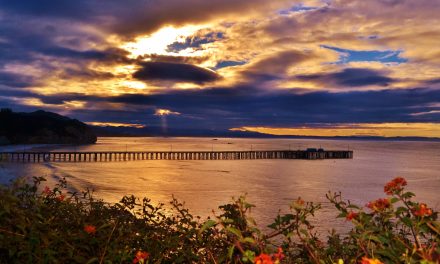By JOHN SALISBURY
“Someone may offer you a freshly caught whole large fish
like a salmon or striped bass. Don’t panic; take it!”~ Julia Child
Happy New Year, and glad to have gotten rid of the last one! I was having a little trouble with writer’s block, especially after 15 plus years of doing this column – pushing a couple of hundred times. But then, my grandson, Drake Rucks, some of you may remember as the little guy at the Sunday Schoolhouse Rocks at our tasting room who would show you, with a big stick with a flag on it so he wouldn’t get run over, where to park sent me his Ag. Econ term paper. He is now a Business Administration major at Cuesta. Voila! There it was, an interesting paper on Aquaculture.
As an inveterate fisherman, he is very interested in the subject and most likely will minor in something along the lines of aquaculture. Because of the space allowed, the following is a condensed version of his four-page report:
Aquaculture is the rearing of aquatic animals and the cultivation of native aquatic plant life like nutritious seaweed. For centuries, aquatic farms have been a vital element of agricultural development, and in the present day, it provides millions of jobs globally. If managed properly, it may be a fundamental aspect of eco-sustainability.
Aquaculture, in its modern form, was created in Germany in 1733. The scientists gathered fish eggs, raised them, and bred them for generations. There were cases of aquaculture before Germany, yet it was on a much smaller scale. Earlier on, Romans farmed oysters in Mediterranean lagoons and later cultivated native carp in small man-made ponds as a way to sustain and maintain control of their food sources.
In more recent history, aquaculture has become a big business in many countries, including the United States. In 1853, the farming of Rainbow Trout, on a small scale then, grew into a very popular source of fish in the 1950s. Even though the United States had early exposure and positive response to this method, we aren’t the largest aquaculture producer in the world.
VTT, a revolutionary development and research establishment founded in 1942 in Finland, owned by the Finnish state, is the largest. They promote and sponsor private innovators who utilize sustainable and environmental practices. When it comes to fish farms in the United States, especially in these polarized times, it is difficult for our production of aquatic farmers to financially maintain their businesses.
Many people do not believe the practices of aquaculture to be humane because the aquatic species aren’t living in their natural habitat, and that is understandable. Thus, the management of an entity, private or non-profit, related to aquatic species comes with great scrutiny. In this process of research and development, this is a moment in time (R&D of vaccines for COVID-19) that encapsulates how science and research can lead us to a broader mindset and understanding of what “sustainability” actually means. Do you know how your food gets to your table and who helped get it there?
From the data available, aquaculture farms provide jobs for 18.7 million people globally, and that is information gained from larger countries who actually report to their agricultural departments; it is likely that many underdeveloped countries utilize these fishing practices without reporting. The demand for the world’s consumption of aquaculture is as high as 47 percent, and the rest by hard-working fishermen who take the risks in a hazardous industry.
As an eight-generation of California farmers, we’re frustrated that many consumers believe that their food comes from the back of the grocery store, or anglers fishing for them in a pond in a small town nearby or tackling the seas just for their ocean-caught Salmon. Aquaculture has historically been an incredible source of food far prior to this technological age. The United States has a great opportunity to expand on this industry and utilize the research and revolutionary discoveries being made in other countries, such as Finland. As our world population continues to expand, we need to consider more opportunities for food production, and it is incredibly vital that while doing so, we take the environmental factors into consideration.
As a country, we should elevate all advancements in the aquaculture industry, and most importantly, ensure that food sources continue to be sustained throughout the world.






